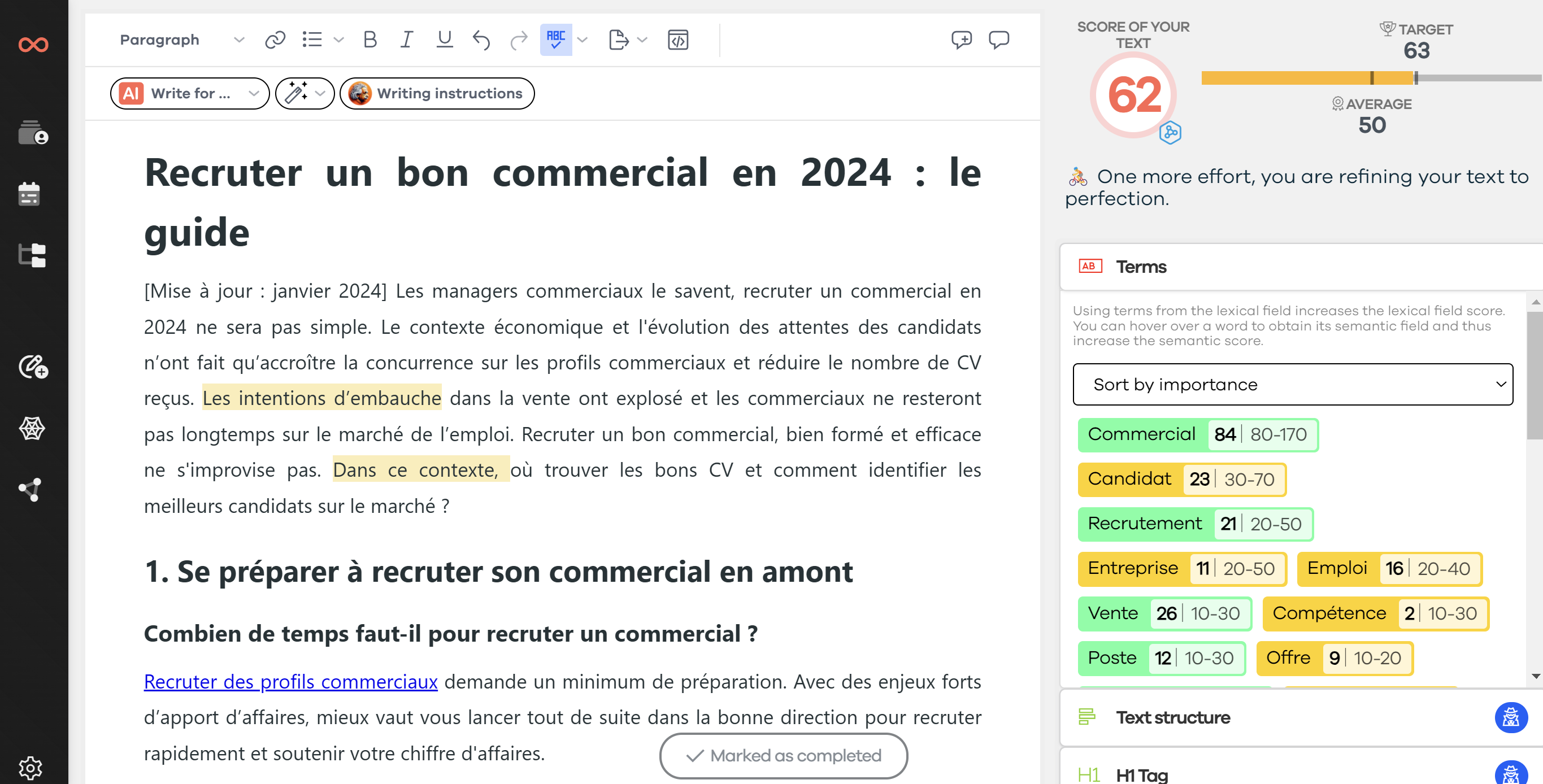Writing SEO content is about pleasing both Google and users! But how to optimize a text for SEO without penalizing one or the other? I propose to discover how to achieve this in just 10 steps!
🚀 Quick read: an infographic to optimize an SEO text
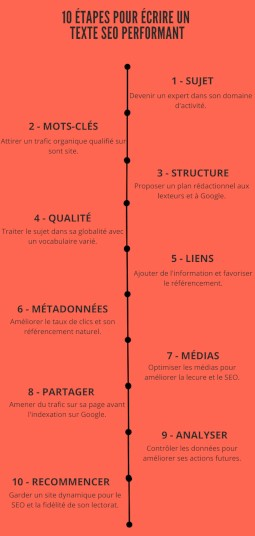
👨🏫 Definition of an SEO text
An SEO text aims to rank among the top results displayed on Google. Thanks to this visibility, it attracts organic traffic to your website. As a result, you can achieve your business goals and profit from your actions.
To write an SEO-optimized text, it is essential to have at least a basic understanding of natural referencing. In addition, digital reading has its own writing rules. Indeed, in general, a user is in a hurry and is subject to many sources of distraction.
Another essential point, be aware that the competition is extreme. Thus, if your text does not quickly meet the needs of your reader, they will look elsewhere for the information they need. When writing an SEO-optimized text, you want to respect the recommendations issued by search engines while offering content adapted to online reading.
- Functioning and history of Google's search algorithm;
- How to succeed in writing high-quality web content?
📚 The different types of SEO texts
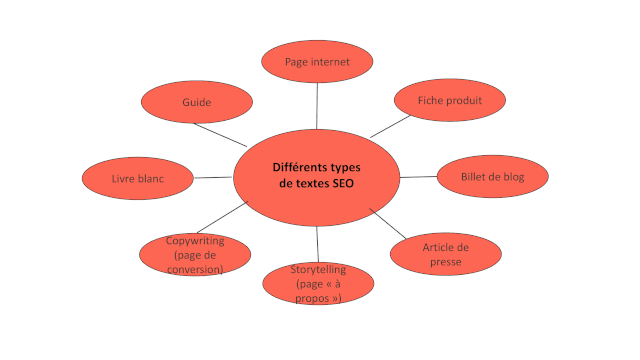
An SEO text can be written in several ways. This depends on the information you want to convey and the results you want to achieve. Nevertheless, the 10 writing steps you will find in the rest of this article can be applied to all the types of publications detailed below.
I also remind you that the referencing of your content on Google is an action you carry out in the long term. That's why, in the vast majority of cases, I recommend creating timeless texts that persist over time and do not expire. This is called "evergreen content".
- Website page: pay particular attention to your homepage and service pages.
- Product sheet: short and complete, your product descriptions should be easily readable while being optimized for SEO.
- Blog post: answer users' questions and demonstrate your expertise.
- Online press article: inform about the news in your field.
- Storytelling: tell a story that touches the sensitivity of your readers (perfect for an "about" page).
- Copywriting: optimize your content to drive sales (suitable for conversion pages).
- White paper: transmit technical and detailed information in a downloadable PDF document.
- Guide: compare products or inform your audience in a precise and comprehensive way.
📜 10 steps to write a quality SEO text
To perform a good SEO optimization of a text, I suggest following 10 steps. Once integrated, this methodology will become natural, and you won't need to think about it anymore!
1. Choose the right topic
The choice of topics is crucial for attracting a qualified audience to your website and proving your expertise to Google. To find the right themes, you must first define your ideal client to know how to adapt your writing and have a relevant discourse.
Then, you can perform an SEO competitor analysis or use the SEOQuantum tool to create good keyword clusters. Group all your topics in a content calendar to strategically plan your publications.
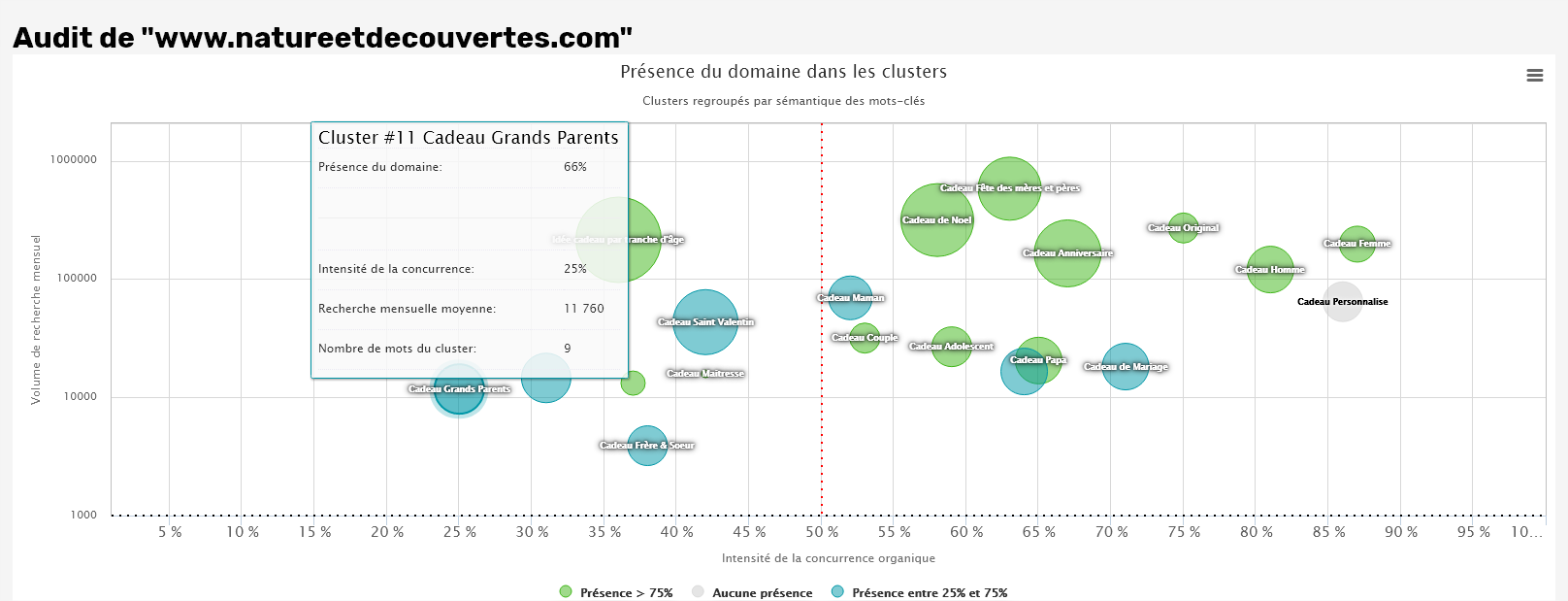
2. Find the best keywords
Now that you know which themes will be covered in your SEO texts, you will look for the keywords that will allow you to generate traffic to your site. When you create your list of keywords, always think about analyzing the search intent behind each one.
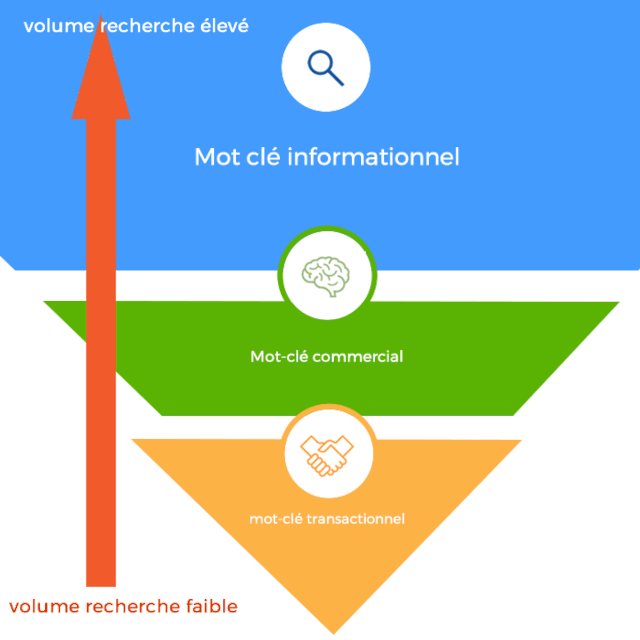
To find relevant keywords with good SEO potential, you can spend time researching the information available on Google's results pages (other questions asked and related searches). To save time, tools like Uberseggest or SEMRush are very effective.
3. Structure the SEO text
To optimize an SEO text, it must meet the writing standards imposed by search engines. Fortunately, these are mainly based on users' reading habits. Thus, when preparing the writing plan, you should always consider the following 4 points.
- Main title: the title (H1) of your SEO text is very important. It must be unique, contain your main query, and be representative of the content offered in the body of the text.
- Introduction: also called a lead, the introduction serves to quickly capture the reader's attention and make them want to continue reading. So take your time to perfect this crucial element of your SEO text and place your most relevant keywords in it!
- Subheadings: your content should ideally be divided into several paragraphs, each announced by a subheading (H2), which can be further subdivided (H3, H4, etc.). Place the main query and its equivalents in them to optimize your referencing.
- Conclusion: the last impression you leave is crucial, in everyday life as well as in your writing. That's why you need to capture your reader's interest again in the conclusion and offer them a concrete way to take action.
4. Write comprehensive content
The goal of your SEO text is now to provide complete and detailed information on the subject you are addressing. Think about what you would like to know if you had searched for this topic on Google and try to answer it with accuracy.
However, this is not enough to satisfy the referencing algorithms. Indeed, to make them understand that you have covered the theme in its entirety, you must work on the semantics of your content and offer a complete and varied lexical field.
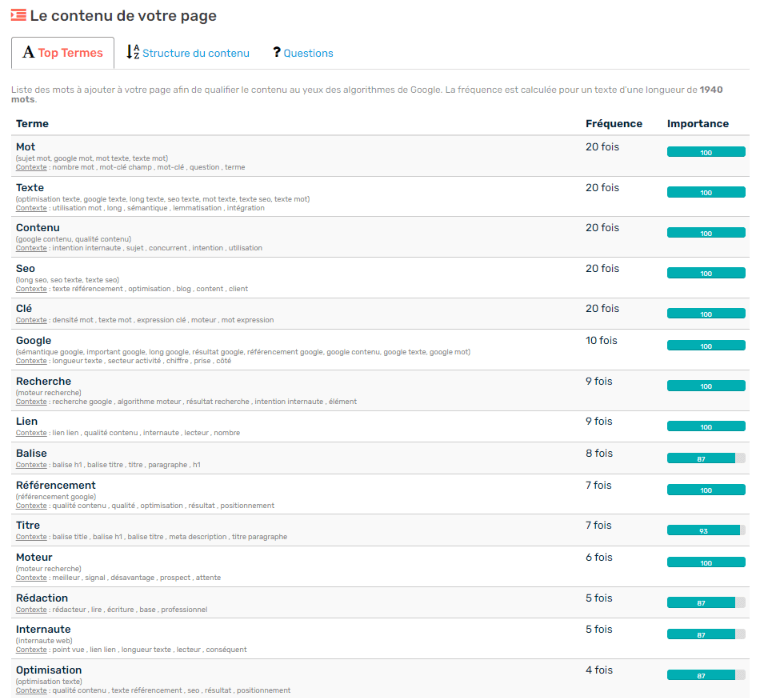
5. Place internal and external links
Internal links allow you to offer the user a complementary information on the subject covered in your SEO text. This also allows you to retain your traffic and potentially lead it to a conversion page. It is also an important element for allowing indexing robots to crawl your site.
Outbound links (or external) also aim to provide clarification to your content. However, be sure to force their opening in a new window so as not to risk losing your visitor! If you cite quality sources, SEO algorithms consider your text legitimate, which promotes natural referencing.
6. Optimize metadata
Metadata is the information displayed directly on search engine results pages. They are therefore essential for improving the click-through rate. There are 2 types of metadata, each with its specific importance.

- Meta title: the title (H) tag of your SEO text must contain your main query or its equivalent to improve your referencing. It must also perfectly describe the information offered in your content.
- Meta description: the page description is, it seems, no longer a factor taken into account by Google since 2009! However, it remains a crucial element to force the Googler's decision to click on your result.
7. Add media
Including media in your SEO text allows you to rest the reading, maintain interest, and offer additional information in various formats:
- illustration images;
- screenshots;
- infographics;
- charts;
- diagrams;
- gifs;
- videos;
- podcasts;
- etc.
Regarding the SEO optimization of your text, all images must be offered in well-defined standards:
- name revealing (add hyphens between each word);
- "alt" attribute providing information about the image content (add a keyword!);
- format adapted (JPG, PNG, SVG, or WebP);
- size reduced but sufficient for good display (640 px);
- weight limited (less than 100 KB);
You can compress your image while maintaining its quality using this free tool: TinyPNG.
8. Publish and share your SEO content
Congratulations! You have finished your writing and optimized the SEO of the text according to the criteria listed above. However, the work is not yet finished... Before publishing this content on your website, be sure to optimize the URL of your new page. Add only the important words and reduce it to a minimum.
Now that your SEO content is online, I strongly advise you to let your audience know about it even before it is visible on search engines. To do this, you can share it on all communication channels you have at your disposal (social networks, newsletters, YouTube, etc.) and seek to create links pointing to your page (backlink).
9. Analyze the results
If you want to know the effectiveness of your SEO text and be able to improve your actions in the future, you must regularly monitor it. Here are some ideas to achieve this:
- engagement rate on social media;
- newsletter performance;
- page conversion rate;
- Google ranking (after several months);
- click-through rate;
- bounce rate.
If these results are satisfactory, repeat this pattern for your future SEO texts. If you are not satisfied, you can update your content and adapt your future writings accordingly.
10. Repeat
To please Google and retain your audience, it is not enough to publish a single SEO text! Indeed, search algorithms tend to favor dynamic sites that frequently provide quality content. Moreover, this will also allow you to position yourself on a large number of keywords.
In addition, your target readers need you! They certainly want to know more about the topics that interest them and stay up-to-date in the field. I therefore recommend creating at least one content per month to feed your website and blog.
To write good SEO content, you must always take into account the expectations of your reader (this is the priority!) and the needs of search engines. By following the 10 points I invite you to follow, you now know how to optimize a text for SEO.
And you? How did you write your SEO texts? Do you have other referencing techniques that were not mentioned in this article? In any case, I suggest you try to apply the advice provided in this article to improve your positioning on Google. You can then mix everything to reach the top results displayed in the SERP!
To discover a concrete SEO content optimization, I invite you to visit this other blog post: Example SEO article: analysis of a concrete case.
Need to go further?
If you need to delve deeper into the topic, the editorial team recommends the following 5 contents:

